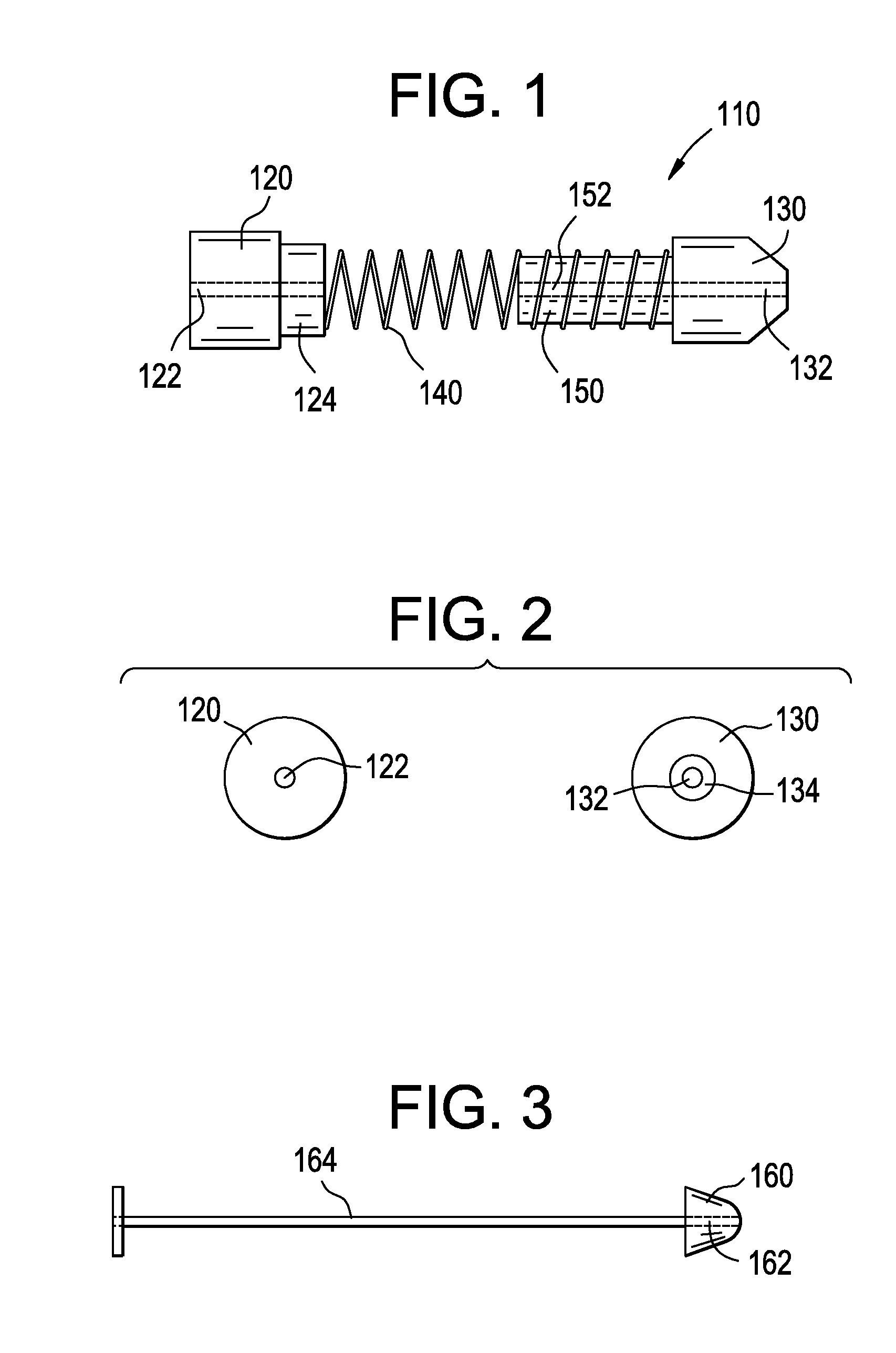Deployment Compensator for Transcatheter Valve Delivery
- Summary
- Abstract
- Description
- Claims
- Application Information
AI Technical Summary
Benefits of technology
Problems solved by technology
Method used
Image
Examples
Embodiment Construction
Functions of the Positioning Tool
[0025]When a transcatheter valve is delivered, the compressed valve is expelled from the delivery catheter and the valve expands to its functional structure. In the case of a prosthetic mitral valve that uses an atrial cuff in combination with a ventricular tether to seat itself within the mitral annulus, when the valve is deployed into the left atrium, the valve shoots with great force from the end of the delivery catheter due to the strong compressive force that had been keeping the valve in the delivery catheter. This force is so large that it can cause significant damage to tissue, e.g. left atrium. The deployment compensator is used to pull the valve back towards the delivery catheter using an extension spring and counter-act the expelling force, this avoiding tissue damage.
Pledget / Attachment Pad
[0026]In a preferred embodiment, an epicardial pledget or attachment pad may be integrated directly into the deployment compensator, for instance on the...
PUM
 Login to View More
Login to View More Abstract
Description
Claims
Application Information
 Login to View More
Login to View More - R&D
- Intellectual Property
- Life Sciences
- Materials
- Tech Scout
- Unparalleled Data Quality
- Higher Quality Content
- 60% Fewer Hallucinations
Browse by: Latest US Patents, China's latest patents, Technical Efficacy Thesaurus, Application Domain, Technology Topic, Popular Technical Reports.
© 2025 PatSnap. All rights reserved.Legal|Privacy policy|Modern Slavery Act Transparency Statement|Sitemap|About US| Contact US: help@patsnap.com



